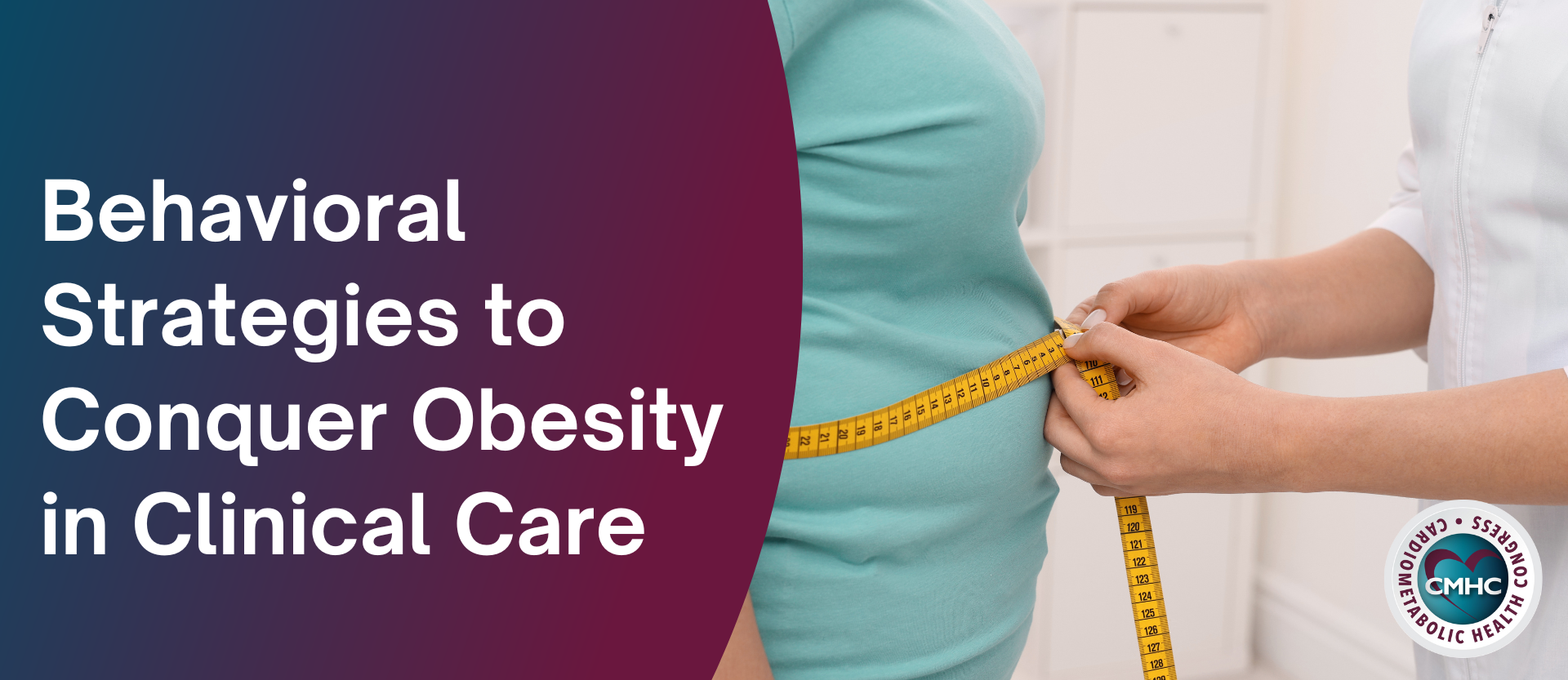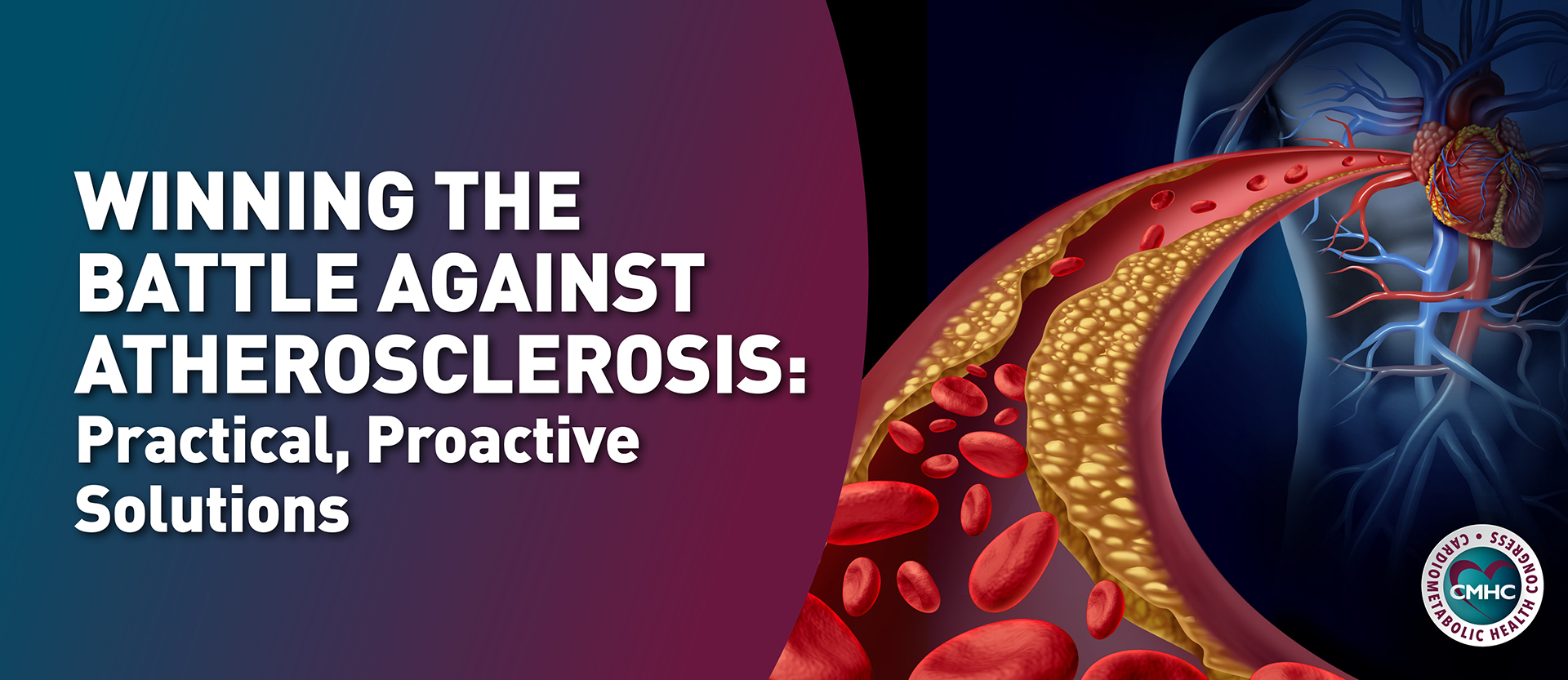On March 16, 2023, Sanofi was the last of three pharmaceutical goliaths to announce they’d make good on their long-spoken promise to lower the price of their insulin. Eli Lilly, Novo Nordisk and Sanofi produce a hefty majority – about 90% – of the insulin in the U.S. but have been under scrutiny because they are unable to reconcile the lofty price of their product with how inexpensive it is to manufacture. The move to make insulin more affordable is a helpful jumping-off point to improve therapy adherence, but it isn’t going to solve the crisis. Widely available biosimilars, which are cheaper to mass produce, and addressing diabetes care disparities on a societal level must also be a public health focus in order for all people with diabetes to have unfettered access to life-saving insulin.
Diabetes Rates are Rising Rapidly
Diabetes is now the fastest-growing chronic disease in the world. In the U.S. alone, the number of adults with type 2 diabetes has doubled over the past 20 years, and more than 37.3 million people now have it, according to the U.S. Centers for Disease Control (CDC). But it’s not just type 2 diabetes. The prevalence of type 1 diabetes has increased 2-3% per year since 2019, according to a study published in The Lancet Diabetes & Endocrinology. While individuals with new-onset type 2 diabetes may be able to control blood glucose through diet, exercise, and other lifestyle modifications before needing to use insulin, type 1 diabetes is generally more treatment dependent early in the disease course.
Another 96 million Americans – 38% of the population – have prediabetes, a condition in which blood sugar levels are higher than normal but not high enough for a diagnosis of type 2 diabetes. This indicates that the number of people who will eventually develop diabetes (and be dependent on insulin) will only increase in the coming years.
Legislation Preceded Pharma Announcements
Prior to any private manufacturer announcements lowering prices, President Joe Biden had already capped out-of-pocket insulin costs at $35 a month for seniors on Medicare when he signed the Inflation Reduction Act. But this legislation provided no relief to those younger than 65 who rely on insulin, and a measure to extend the cap to anyone using private insurance instead of Medicaid was blocked by Congressional Republicans in August 2022.
Then on March 2, 2023, Eli Lilly released a statement saying it would automatically cap out-of-pocket insulin costs at $35 for people who have private insurance and use participating pharmacies. It also stated plans to expand its Insulin Value Program, which caps out-of-pocket costs at $35 or less per month for people who are uninsured. Read more about the historic and long-awaited news in Lilly Cuts Insulin Prices.
In response to the news, President Joe Biden urged other pharmaceutical companies to cut the price of their insulin, too. “Last year, I signed a law to cap insulin at $35 for seniors and I called on pharma companies to bring prices down for everyone on their own. Today, Eli Lilly did that. It’s a big deal, and it’s time for other manufacturers to follow,” Biden said.
On cue, Danish drugmaker Novo Nordisk responded with its own declaration on March 13, 2023, that it would reduce the list prices of several of its popular pre-filled insulin pens and vials by up to 75%. However, the company did not announce an expansion of its existing programs to lower out-of-pocket costs for people with diabetes, which is what many legislators have called for.
Finally, on March 16, 2023, likely from mounting pressure to match its competitors’ promises, French insulin maker Sanofi said it would cut the price of its most widely prescribed insulin by 78% and meet the $35 monthly cap for those with private insurance. Under its Insulins Valyou Savings Program, uninsured patients in the U.S. can get a 30-day supply of one or more insulin products for $35, or a box of Soliqua pens for as little as $99 per box.
Not Just a Socioeconomic Problem
Despite long-held beliefs that poor health outcomes occur mainly in underdeveloped countries, nearly all diabetes-related deaths in patients younger than 25 years occur in countries considered low to high-middle income. This finding confirms that health inequalities, which likely include access to life-saving insulin, are substantial even in developed countries like the U.S. and Europe.
“Death from both type 1 and type 2 diabetes might be avoided in young people by treating acute complications and preventing long-term sequelae. Early diagnosis and detection of acute complications, access to high-quality and life-long health care, availability of affordable insulin and other therapies, glucose monitoring, and educational and social support are also key in this endeavour.” - Henrik Toft Sørensen
Not only are rates of both type 1 and type 2 diabetes continuing to climb, but the U.S. is also seeing a concerning spike in cases of type 2 diabetes in patients between 10 and 19 years old. It was recently almost unheard of for children this young to develop type 2 diabetes, but today about one-third of children in the U.S. are overweight, which is directly related to an increased risk of developing type 2 diabetes.
"Insulin Only Works if You Take It"
As many physicians say in candor, even the best medicine “only works if you take it.” Insulin may be one of the best examples of a therapy that is universally effective at controlling a disease, but that isn’t taken as directed by those who need it and who may even have a prescription for it. According to the American Diabetes Association, the average price of insulin nearly tripled between 2002 and 2013, and these increases have led to a reported 16.5% of insulin users having to ration their medication. Read more about the mounting health crisis complicated by unaffordable insulin in Rising Insulin Prices: The Real Cost of Diabetes.
Biosimilars Help, But Don't Solve the Crisis
The increasing availability of biosimilar and interchangeable insulin products has the potential to lower treatment costs and enable greater access to therapy for more patients. These drugs are biological products that are highly similar to, and have no clinically meaningful differences from, an existing FDA-approved biologic insulin. However, the process of gaining interchangeable approval status is costly. Observant members of both the public and health sectors also point out that most biosimilars are made by the big three – Lilly, Novo and Sanofi – so any discourse about their use driving down prices should be held in that context. Read more in FDA Approves Insulin Biosimilar Rezvoglar.
Olivier Bogillot, head of U.S. General Medicines at Sanofi, said the company’s “decision to cut the list price of our lead insulin needs to be coupled with broader change to the overall system to actually drive savings for patients at the pharmacy counter.” The cuts from Lilly, Novo and Sanofi will all go into effect on Jan. 1, 2024, so most experts are taking a “wait-and-see” approach to the actual benefits. But, most agree this is a welcome shift resulting from a combination of market forces, government Medicaid rebate policies and public pressure.
- https://finance.yahoo.com/news/novo-nordisk-cut-price-insulin-121009868.html?fr=yhssrp_catchall
- https://www.msn.com/en-us/money/companies/sanofi-becomes-latest-drugmaker-to-announce-insulin-price-cuts-capping-cost-at-35-for-the-privately-insured/ar-AA18JiMh
- https://www.nbcnews.com/politics/congress/republicans-block-cap-insulin-costs-many-americans-democratic-deal-rcna41913
- https://www.thelancet.com/journals/landia/article/PIIS2213-8587(22)00009-2/fulltext#:~:text=Diabetes%20is%20one%20of%20the,with%20diabetes%20and%20wider%20society.
- https://www.sanofi.com/en/media-room/press-releases/2023/2023-03-16-20-06-43-2629188#:~:text=Sanofi%20announces%20that%20it%20will%20cut%20the%20list,prescribed%20insulin%20in%20the%20U.S.%2C%20by%2078%20percent.






